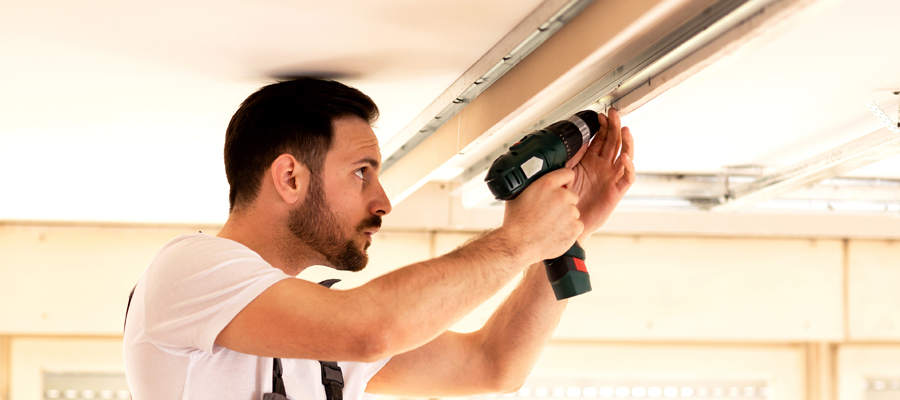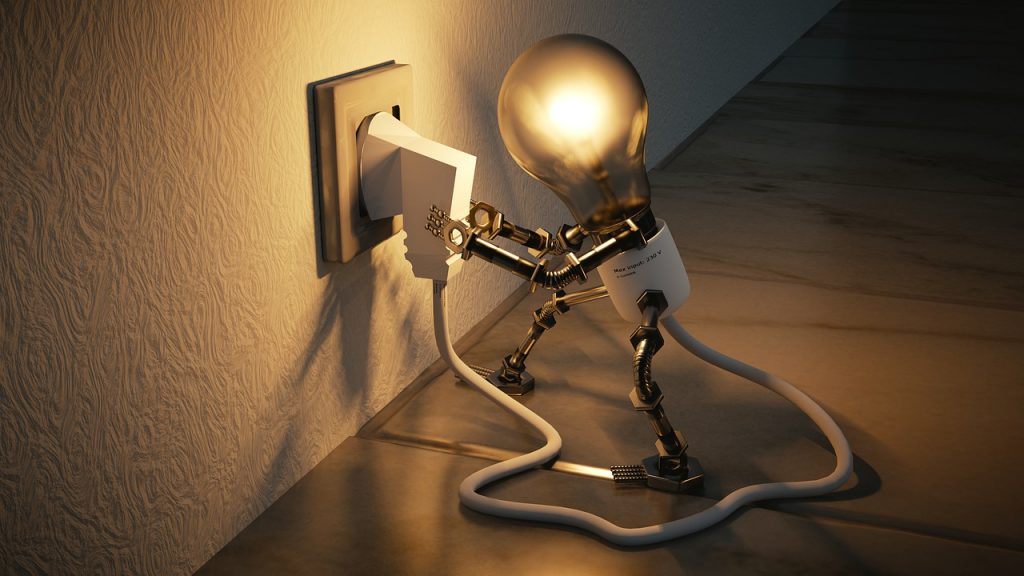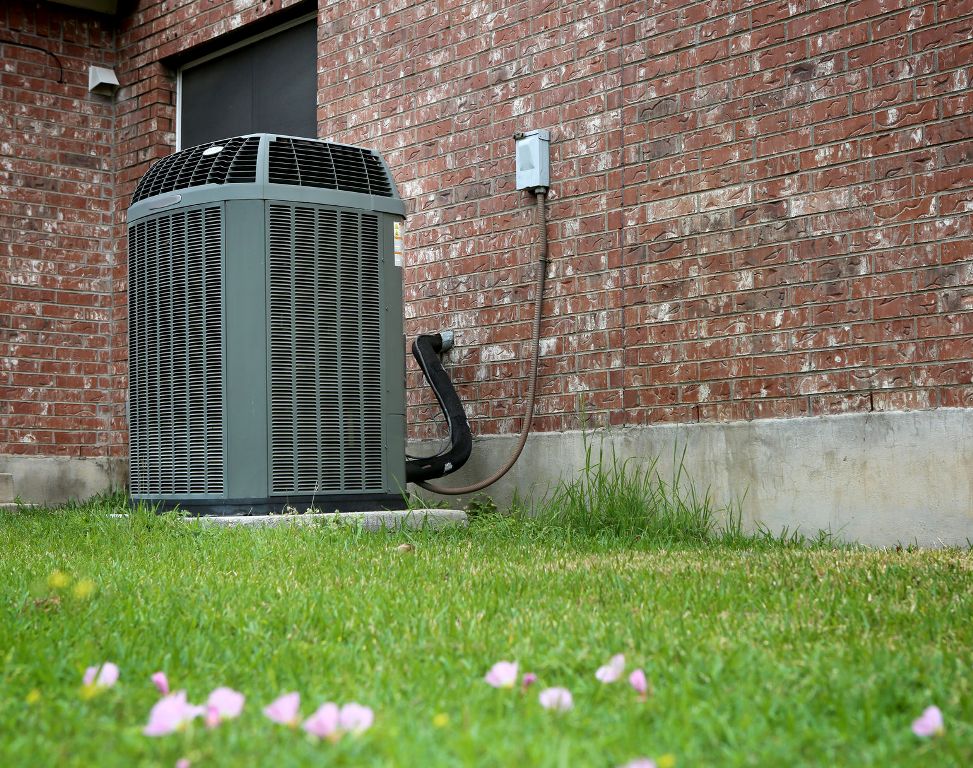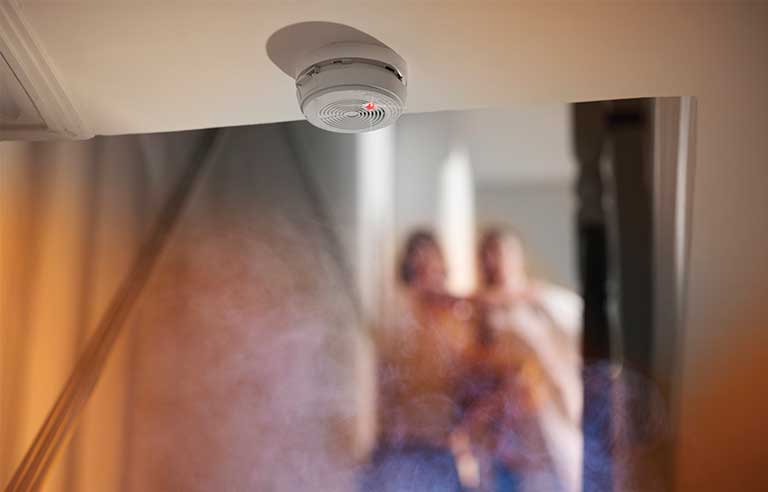Buildings are generally built to withstand the test of time. Unfortunately, as they get older they are more likely to develop issues, that can be expensive to resolve. Even new buildings can encounter issues, especially if the developer or builder has been cutting corners.
In other words, if you’re looking to buy a property, or have owned one for a long time, having a building survey done is a good idea. It’s also a good idea to know what the most common building defects are, this will allow you to keep your eyes open for issues.
Roofing & Guttering
The roof is often the hardest part to inspect and something that many people don’t look at. But, if it starts to leak you’re either going to end up with water on your head or water dripping on your wooden frame. This will cause the wood to rot and eventually affect the structural stability of your home.
The most obvious defects or sign that you have an issue is cracked tiles or damaged cement on the joints, specifically the joint of the tiles to the ridge of your roof.
Of course, a sagging roofline is also an indication that you have a roof problem. In a worst-case scenario, you’ll need to replace the entire roof. That’s expensive, which is why you need to know plenty of time in advance.
Damaged guttering is also a serious issue as this will encourage water to cascade down the side of your walls, increasing the potential for damp inside the building.

Structural Issues
Buildings settle over time. This can be a result of subsidence or it can be because cracks are appearing in the floors and walls. The amount of movement and cracking can vary but the bigger the issue the more likely it is you’ll need expensive repairs.
A good way of scanning the entire building for cracks and other structural issues is to use drone thermal imaging. This will highlight where the building is stressed and allow the experts to decide the best way to save the building.
Electrical Issues
Faulty electrics are one of the biggest causes of house fires and something that is surprisingly common. But, you can also guard against this easily by having an annual inspection by your electrician. They should specifically look for electrical leakage and short circuits.
These indicate an issue with your electrics. You can notice them without testing if your lights flicker often or your trip switches are constantly tripping.

Rising Damp
This is often a problem in older buildings. The older the building the less likely it is to have a damp-proof layer built into its walls and the floor. If the damp proof layer is missing or damaged, the water in the soil can rise through the concrete foundations and into the walls.
This will result in damp in the lower levels of your home. You’ll find this can cause damage to the walls and attract mold. The mold spores given off can also be detrimental to your health.




